
Even with the most voracious of music fans, there's still likely a certain feel or sound that comes to mind when you see the word "jazz." Maybe it's the swing of the music or that magical feeling of seventh chords walking down a piano. For others, it might be the drone of smooth jazz or the coolness of Miles Davis howling on the trumpet, crafting free-form audacious masterpieces. Jazz can be all those things, but its trademark is that it goes beyond limits. In its purest form, the genre can be whatever its creators want it to be. It's a liberating concept, opening up the umbrella for a whole swath of artists to take refuge under. The 29th Annual Earshot Jazz Festival has done a remarkable job highlighting artists who push these ideas to their bring, booking innovators who are building off of jazz's storied roots and crafting something completely new. Saturday night at the Nectar in Fremont, Earshot brought together three artists who are doing just that for an evening of future-minded, no limits jazz and improv.
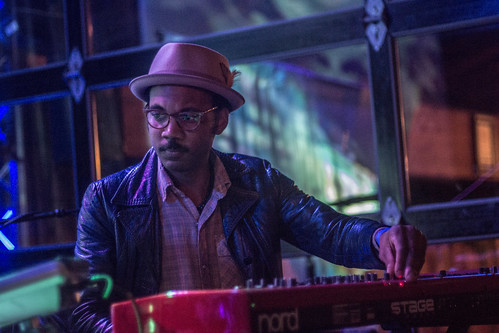
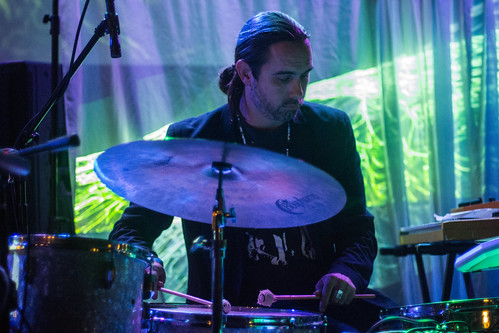
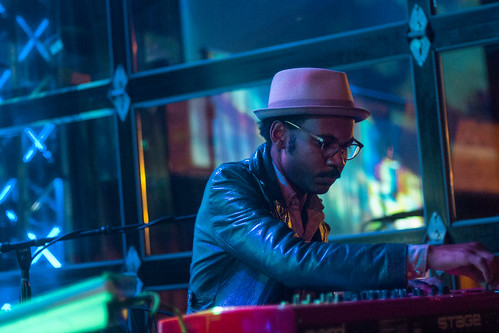
Brass looked like a master technician as he twisted the knobs on his keyboards, locking in the right levels to evoke the emotion of the moment. In contrast to this recent solo album, Broken Cloud Orchestra, there was a lot more tension and visceral rumble burgeoning up through the set. Maybe it was having Sells propel the set forward with his tasteful percussion or maybe it was the headspace they were in, but it was fascinating to see Brass venture into this territory. In the set's final moments, he indulged some of his more delicate sensibilities and let a few twinkling notes resound in the air while the crowd waited for it to resolve.
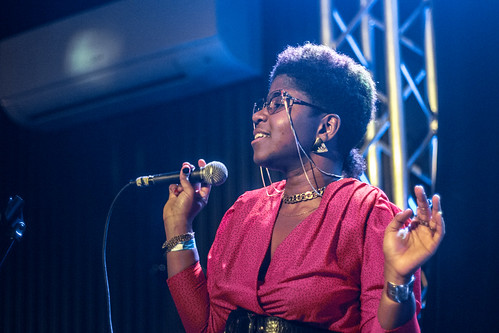
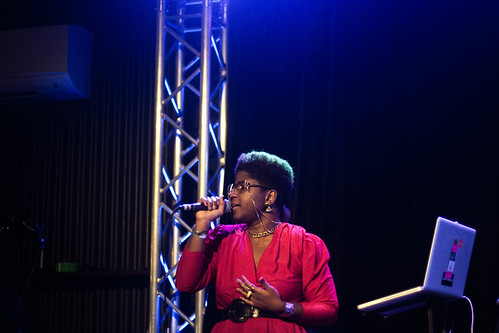
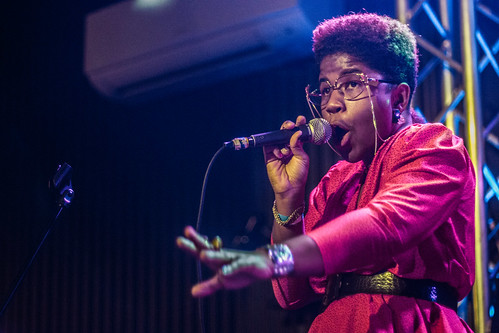
Crafting her beats in a tight corner of the stage, SassyBlack radiated energy that transcended the space. Her voice would curl and sway alongside her beats, evoking the sultry history of jazz but warped a thousand years into the future. Her music doesn't even sound like it comes from the era we're living now, staying ahead of the curve and embracing her every whim. And isn't that what jazz is about? SassyBlack is not an artist to stay stagnant, constantly finding new ways to interpret her own sound. The enthusiasm she'd sprinkle between songs only helped accentuate that. Like any good storyteller, she knows how to captivate your audience. Sometimes you need words, other times you just need a vibe, a melody, and a killer beat.
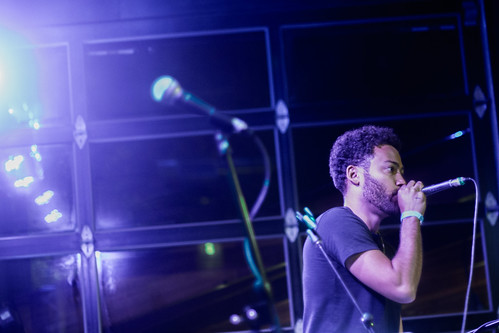

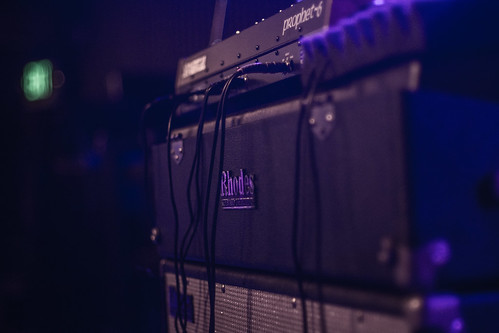
While McFerrin played material from his debut album, Early Riser, the music was dramatically re-contextualized for the setting. Like Brass, he relied primarily on improvisation for his set. When he brought out album standout "Decisions," he opted to remix the song live. The song already has a hypnotic rhythm that swells with Emily King's steady vocals. Slowly McFerrin began to pick it apart, breaking down the individual elements into a vibrant dance banger. It was easy to forget he was even working with "Decisions" as the song morphed into something hardly recognizing the original, but once he brought King's vocals back up it was an "a-ha!" moment for the crowd.
There was plenty of spectacle to be enamored with in his set. There was the aforementioned beatboxing, which honestly felt like something you could produce with an MPC or beat pad — he's that good. Or there was when he brought on SassyBlack to improvise over a beat, completely knocking it out of the park and leaving McFerrin saying that maybe he should've just kept that going on all night. McFerrin doesn't so much use jazz as an element in his music as he brings jazz into all these other worlds he wants to explore. Maybe the biggest reaction of the night came when he played the opening notes to Radiohead's "Everything In Its Right Place." Playing the track completely instrumental, he slowly let the song break apart. The electronic opus became a jazz epic, fluttering off into new sonic heights that played to the brilliance of the original song while exploring just how much more depth there's left to explore within the notes. It was also a great way, whether intentional or not, of showing the far reaches of jazz in modern music. Maybe Radiohead wasn't trying to write a jazz tune to open their record, but McFerrin's ears were able to pick up on something lingering in the music. Some common DNA stringing the band and jazz together (yeah, I know Amnesiac exists).
McFerrin ended the set by working on a new song on stage. He mentioned it was something he'd started working on the night before and played during his KEXP in-studio (stay tuned for that). Starting with a drum loop, he slowly added layers and layers of synthesizers and rhythms. McFerrin was getting visibly excited as he leaned over the top of his keyboards, dancing to his music as it is forged in front of strangers. The spirit of creation is contagious and few were left standing still as the beat built in intensity. Maybe it'll show up on another record, maybe it won't. But no other version of that song will exist as it was when he was on that stage. That impulsive spirit of jazz undeniable, a thread running through all the acts of the night.
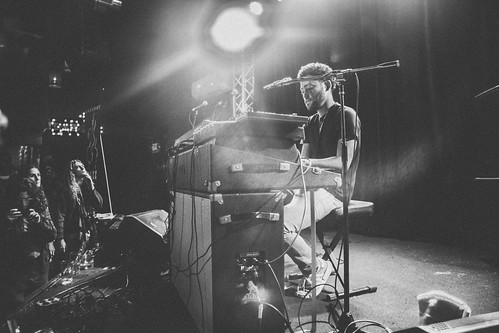
All photos and review by Alan Lawrence (view set)
A catchy melody doesn't just get stuck in your head – it lives there. You sit with it, sometimes for days or even years, ruminating on it whether you want to or not. Writing just one of these songs can be an accomplishment. Portland songwriter Mo Troper does this 15 times over on his latest album, …
Portland musician and punk rock icon Fred Cole of Dead Moon and Pierced Arrows passed away last night, November 9, after a battle with cancer. The news was confirmed today by Empty Records co-founder Meghan Smith in the Dead Moon fan club Facebook group. You can read Smith's full message below.
Categorization systems are important for us as humans. It's how we make sense of this sometimes nonsensical world we live in. Which is why as soon as radio delivered us a bevy of different styles of music, we immediately had to put everyone into categories, starting with the basics: jazz, rock, cla…